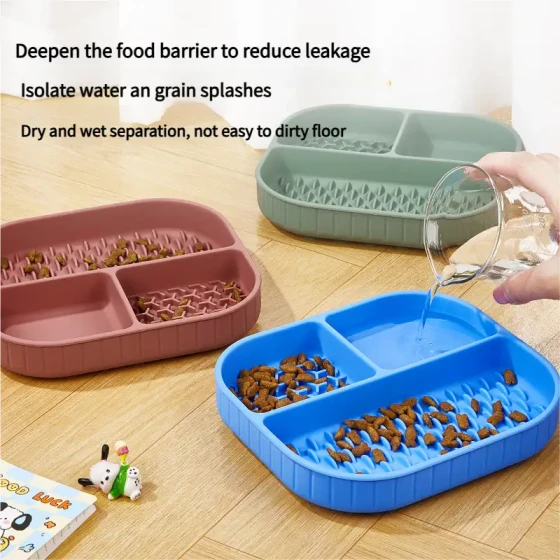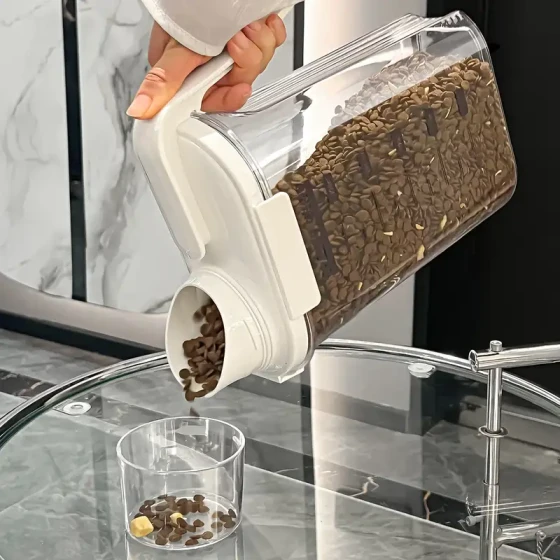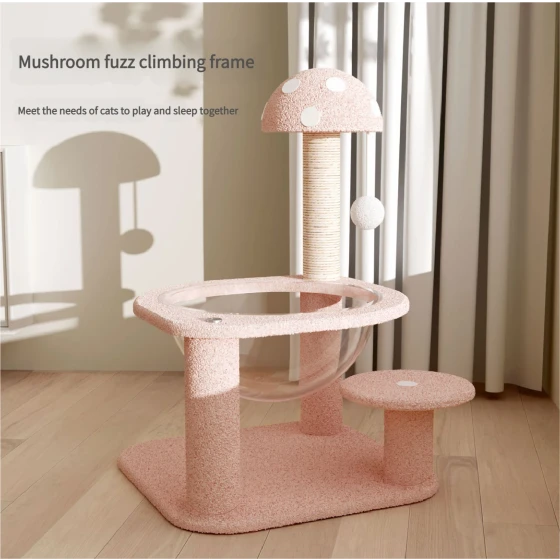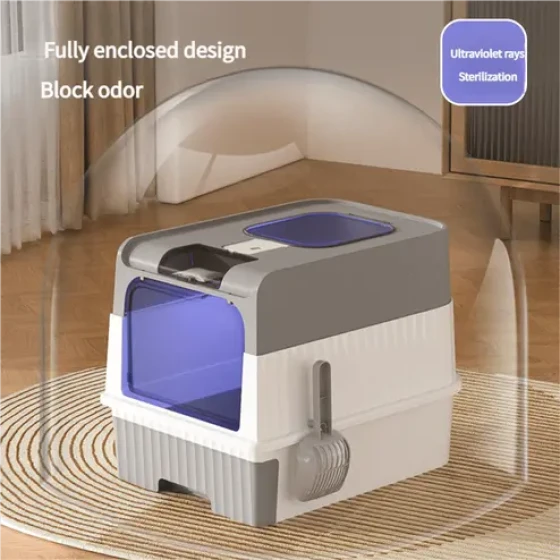Treatment and Prevention of Cat Urinary Stones

Tabby Cat
Treatment
Cat urinary stones mainly fall into two types: struvite and calcium oxalate. In normal cats, the urine pH is 6.2~6.5. When the pH is above 6.5, alkaline urinary stones form, made up of struvite; if the pH is below 6.2, acidic urinary stones form, made up of calcium oxalate. Prescription diets work by changing the pH to dissolve the stones. To treat alkaline stones, S/D is used, which lowers the urine pH below 6.1. Cats with normal body weight eat C/D to prevent recurrence; slightly overweight cats eat W/D; obese cats eat R/D to prevent recurrence. C/D, W/D, and R/D all maintain urine pH in the normal range of 6.2~6.5.
To treat acidic stones, X/D is used, which raises urine pH above 6.6. K/D is used to prevent recurrence and also raises urine pH above 6.6. Before urine pH testing is done, if it is unclear whether the stones are struvite or calcium oxalate, it is not advisable to use prescription diets rashly, as the opposite treatment can be fatal.
Hills produces six types of prescription diets for urinary stones, but veterinarians in China generally only know S/D and C/D, which is not ideal. Some vets do not even test urine pH and require the customer to buy prescription diets on their own, which is extremely irresponsible. At the early stage of stone formation, if the correct prescription canned food is given immediately, the cat can urinate normally without catheterization or surgery.





